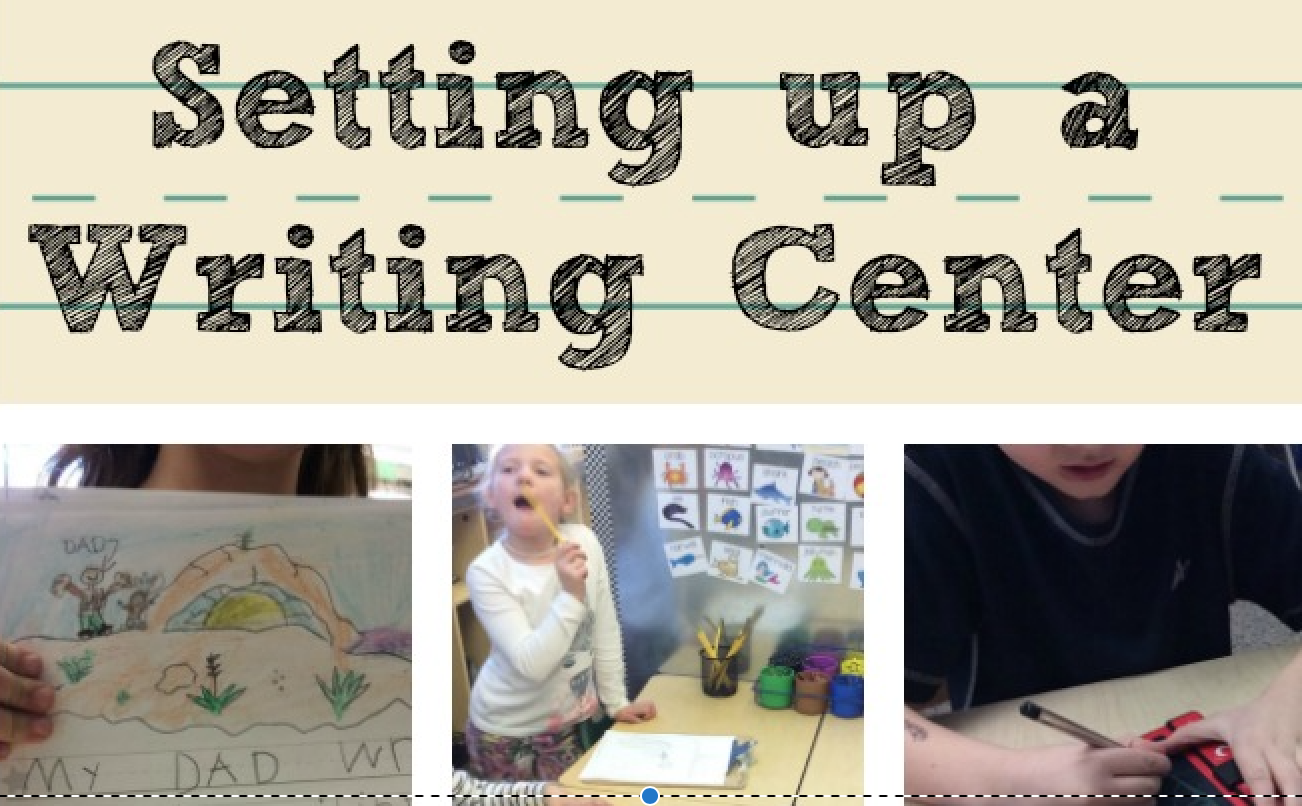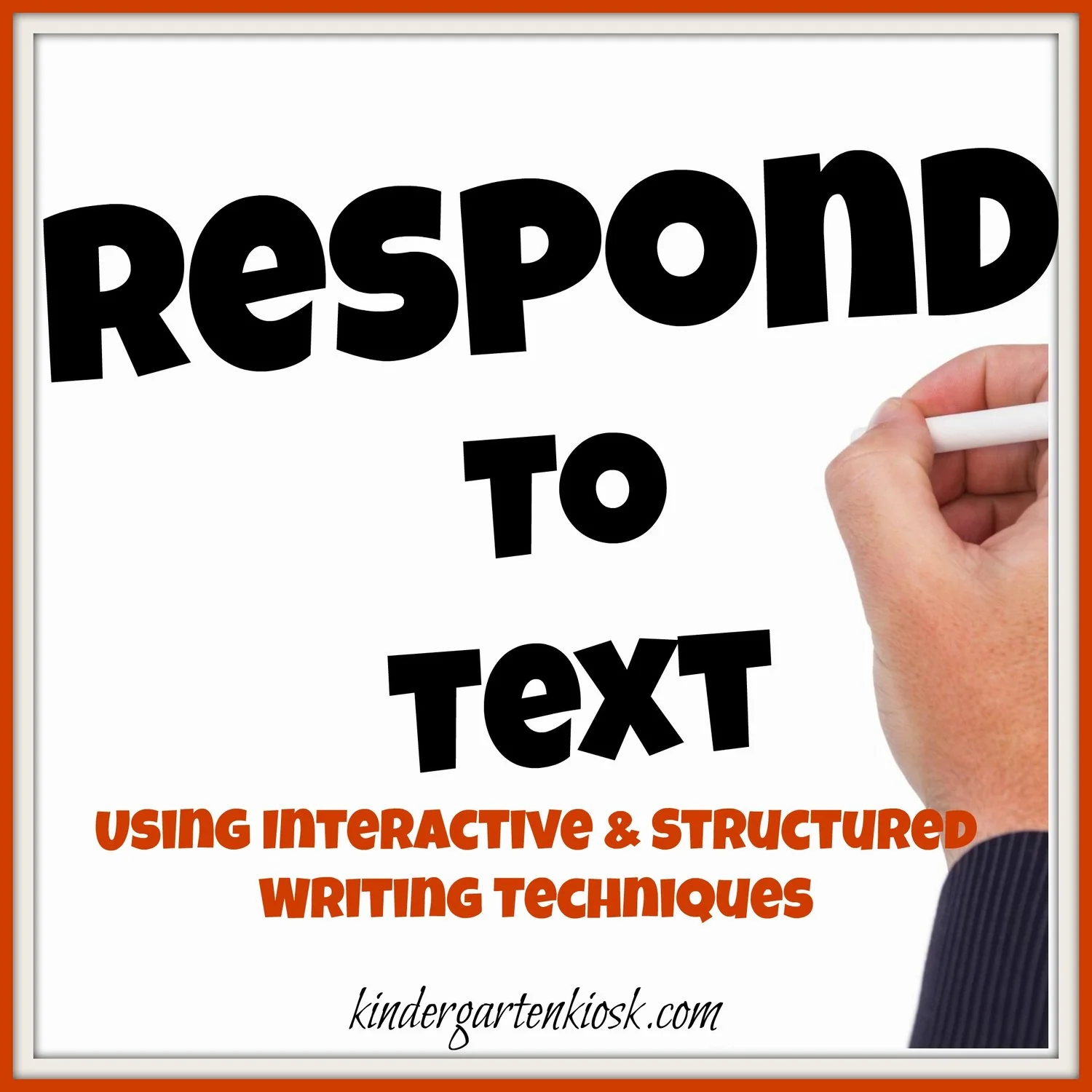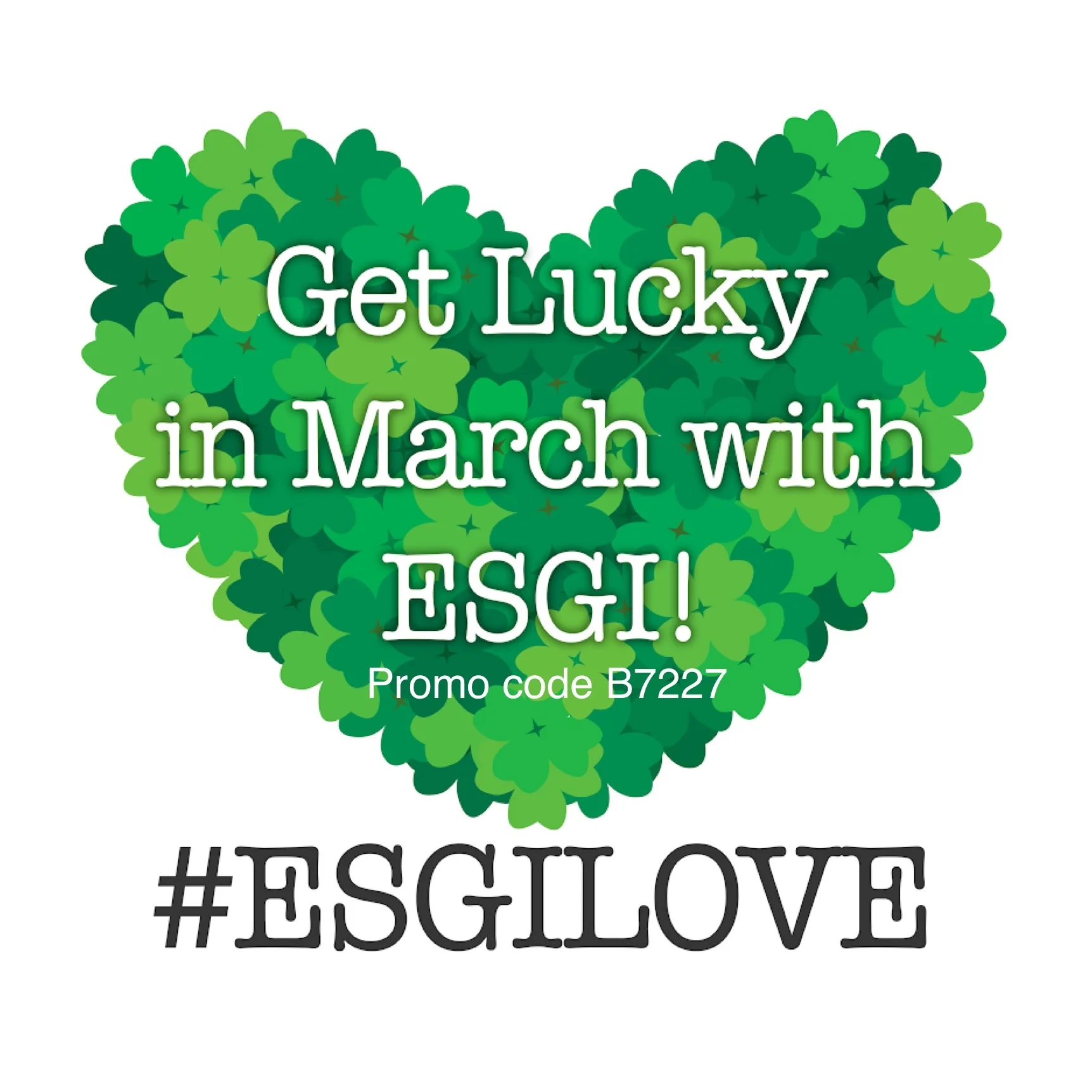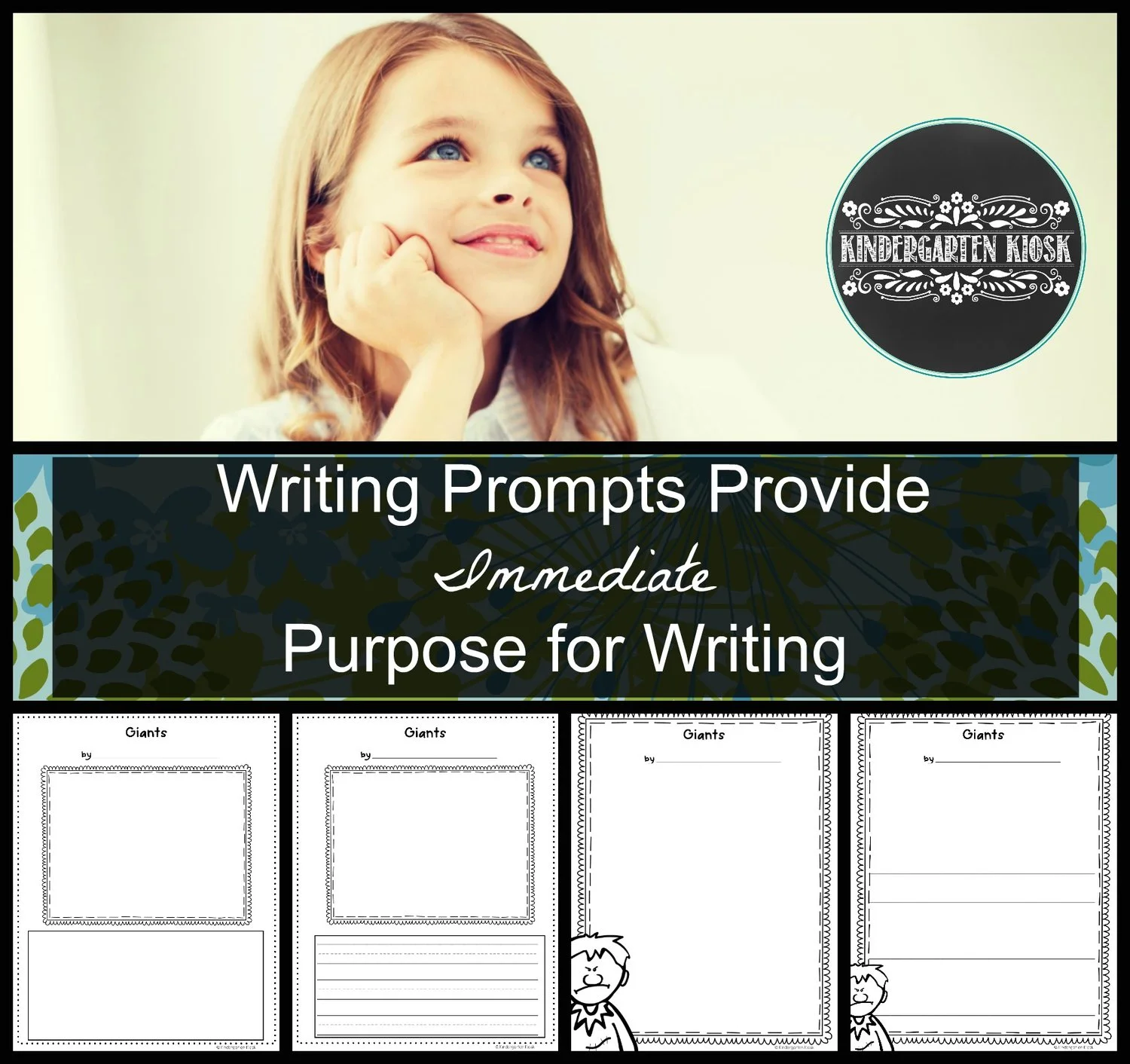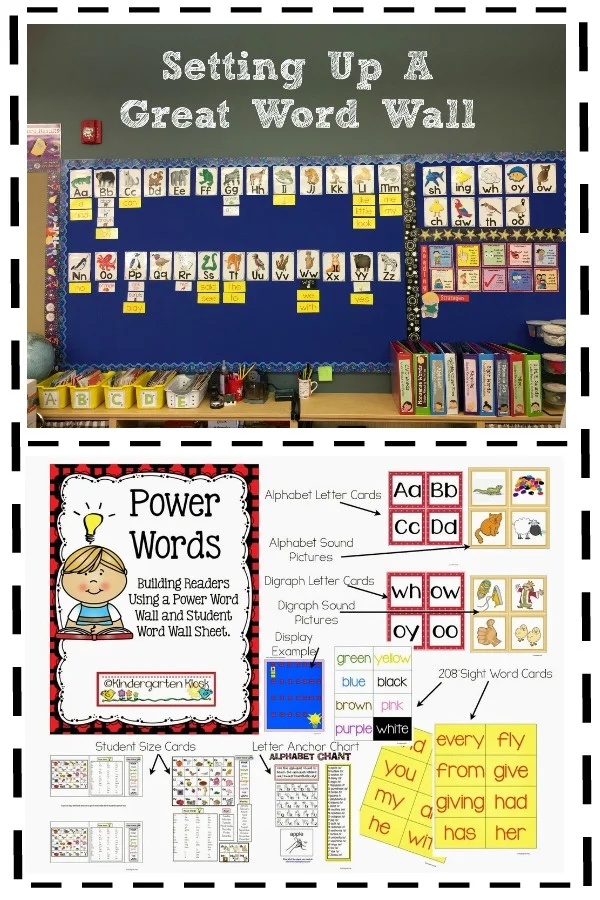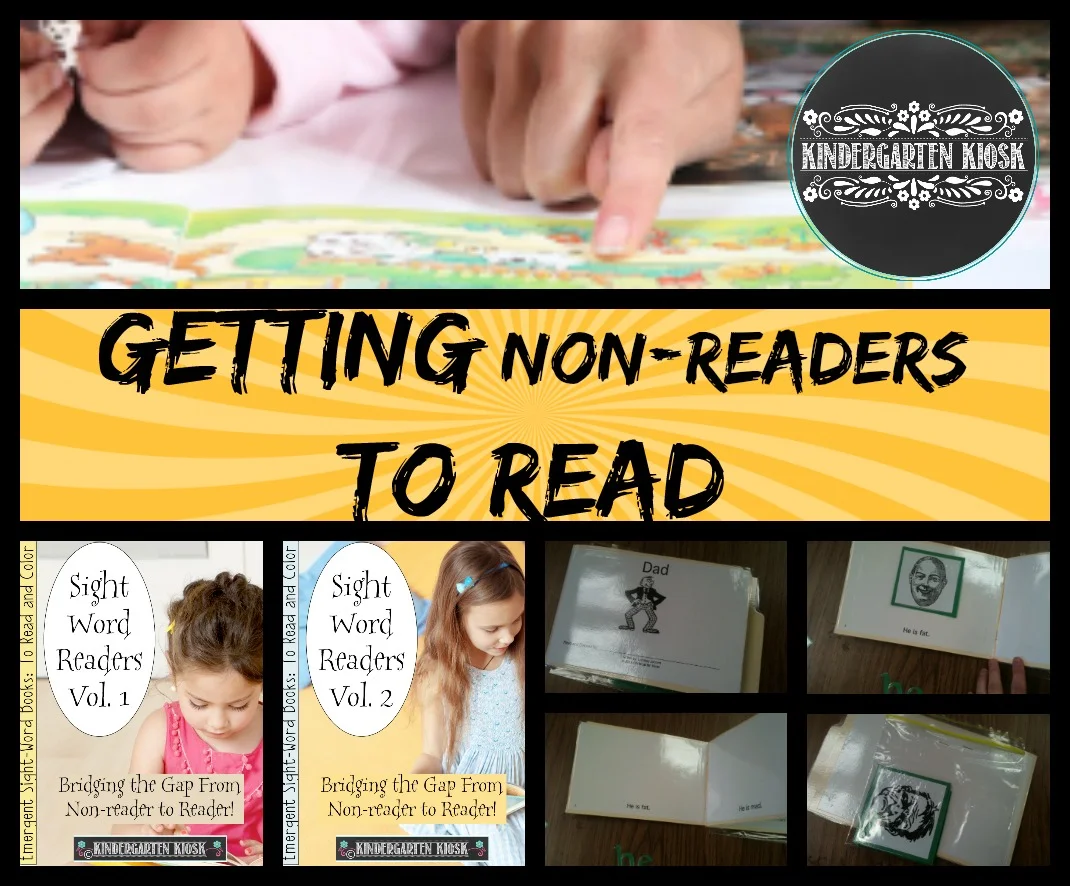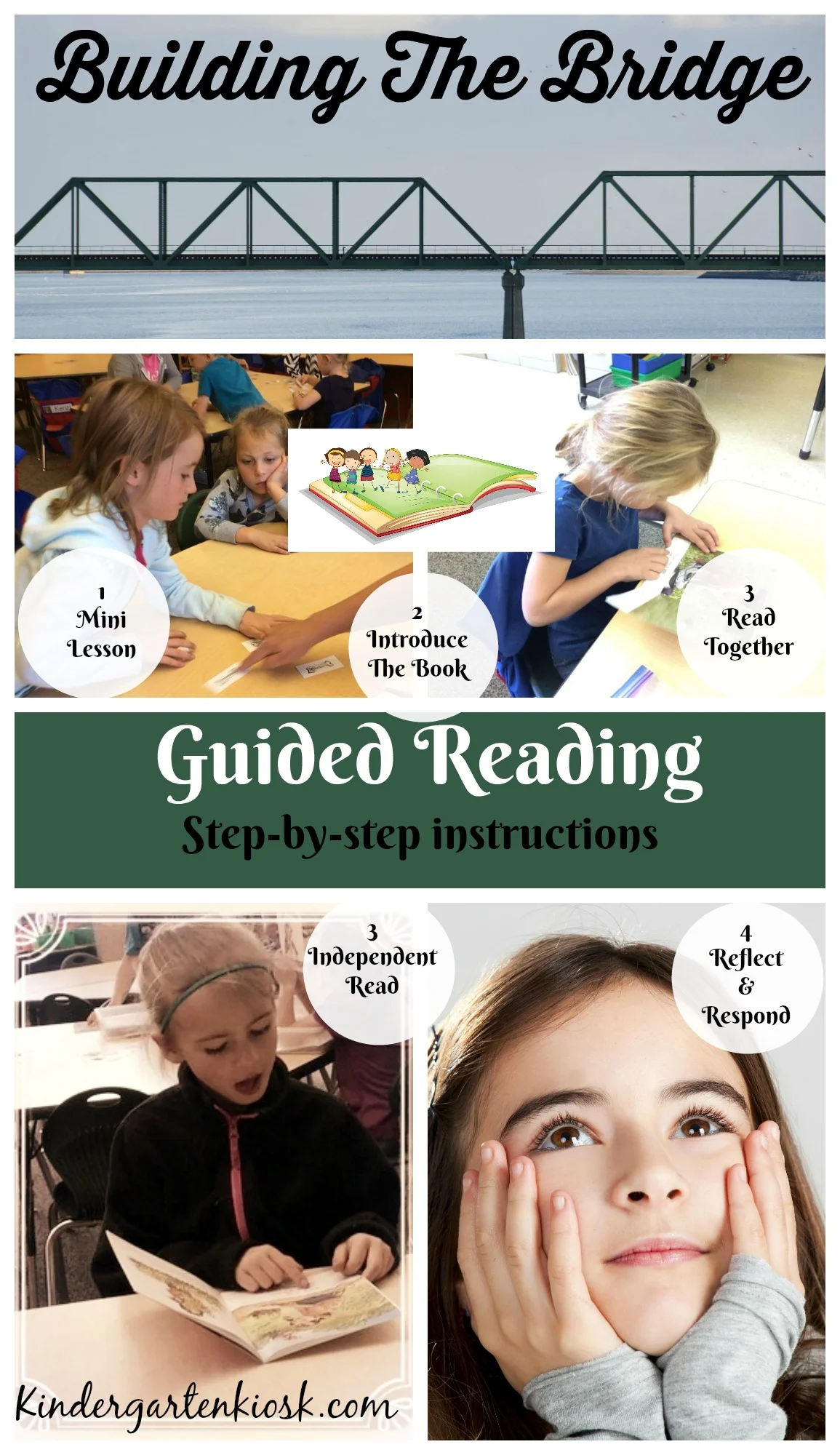You can create a space in your classroom for students to experience and practice newly acquired writing skills independently by making a writing center. A writing center is a great spot to foster interest and provide independent opportunities.
Read MoreInteractive or structured writing is when the teacher guides group writing. All children participate in the composing and even construct various aspects of the writing. Students experience writing for a purpose and with meaning.
Read MoreStudents will read more quickly and effectively when given appropriate strategies for reading and instructed on how to match those strategies to reading situations.
Read MoreMy former colleague Mary Spiker is currently living the dream. She has just won the honor of Idaho Teacher of the Year and has been spending this week in Washington with the other 49 winners as guests of the White House. She has been posting amazing experiences on her Facebook page and I've been eagerly following her on this adventure. I received a message from her yesterday that really touched me and made me reflect on how important colleagues are in our professional life. This is her message:
Read MoreIntegrating music into the elementary school curriculum occurs at varying degrees. At the very basic level students perform or respond to a piece of music. This is the kind of music integration that occurs in the classroom when we sing welcome songs as our students enter the classroom or play a simple melody when it's time to clean up. At a higher level of integration a piece of music can be used to teach a concept from the core curriculum. These kinds of integrations occur when we sing the ABCs, a counting song, or a simple melody to help children remember their math facts. The highest levels of integration ask students to learn music content alongside core content, learning music vocabulary, concepts, and skills in tandem with other academic concepts.
Read MoreDuring Shared Writing the teacher guides children to compose messages using a combination of writing. For beginning writers to understand what writing is and to cognize the connection between spoken and written language, the teacher must continually model the writing process by using the think aloud strategy - that is to verbalize the writing process as it is being executed. In subsequent sessions the teacher gradually solicits the student’s assistance as they begin to identify sounds and name letters in words; the teacher acknowledges and writes the letters in the correct placement.
Read MoreWhether you are planning a graduation like I am, a celebration, or simply want some great end of the year songs to celebrate your classroom community, here are some great choices for you!
Read MoreI received a set of 6 paint Kwikstix Thin Stix from The Pencil Grip Company to review. I liked them so much, that I just ordered a large set for my classroom, from amazon! These thin sticks are able to reach the small spaces that my regular size Kwickstix couldn't reach. I love these stick! They are easy to use, vibrant colors, and not messy at all! Perfect for young children.
Read MoreGuided writing is a time when the teacher provides guidance, mini-lessons, and scaffolded support to move students within their zone of proximal development (ZPD). This type of writing is based on the works of Vygotsky (1979). Children are encouraged to solve their own problems with teacher assistance.
Read MoreOne of the best ways to satisfy the need for writing daily is by using writing prompts. Using prompts is an easy way to keep students engaged and excited about writing. They help prevent writer’s block, inspire creative and independent thinking, and give students a level of comfort when asked to take risks.
Read MoreThe last semester of the kindergarten year should be spent developing independence, moving from guided writing to independent writing.
Independent writing is the end goal of modeled, shared, structured, interactive, and scaffold or guided writing. As students learn the tools of self-expression and gain confidence in their mastery of writing conventions, they will become independent writers, and love the process. To optimize this move to independence, provide students with purposeful anchor charts.
Read Moren addition to working with numbers, kindergarten students should also be introduced to measurement and data. As students work to meet three standards of Measurement and Data, they note measurable attributes such as length and weight, make comparisons, as well as sort and categorize information. Through exploration in these areas students gather, organize, analyze, and interpret information about the world around them.
Read MoreYou've stopped in to visit your child's classroom. Despite their young ages, diverse needs, and boundless energy the teacher has all of the children in her classroom engaged and learning. It's kind of amazing to watch and you're impressed.
Read MoreA Word Wall is a collection of words that are easily visible in the classroom. This wall provides a dictionary of sorts for those high frequency words that generally break phonics rules or appear regularly in print. This wall provides support for students, enabling them to become independent writers.
Read MoreThe very first reading strategy that I teach my kindergartners on the first week of school is to sit in reading position using the cute little song. Students are very responsive and quickly develop habits of quiet sitting at the reading table. Now I want to say this strategy is a lot for me and my sanity, but actually, if students sit in a quiet manner at the guided reading table their attention is maximized.
Read MoreIn January I gave the midyear Directed Reading Assessment to my students. Most of them did well, but a few of them really struggled. Despite all that we had done, they were still not looking at print, and leaning too heavily on the strategy of using picture clues.
Read MoreA home reading program will be more effective if the student has a way to save or store the books. A book box is a great at-home storage solution. A book box can easily be made out of a shoe box - either a regular shoe box or a purchased plastic shoe box. Your students can decorate the boxes at home. They can be elaborately decorated right from the pages of pinterest, or just covered with stickers.
Read MoreGuided Reading is an important part of the literacy spectrum as it is a time to work with students of similar needs and abilities using material at their instructional level. It is a time to introduce and practice important reading strategies, build one to one correspondence, and to practice the importance of rereading text, and more.
If you are like me and find the guided books in your basal series to be marginal at best, you need something more. I have been making thematic books for two decades now, and find they fit the bill for effective guided reading. I have several sets for sale at our on-line store, they are moderately priced. My students love these little books! I usually sent home two a week. Additionally, each of our 50 plus thematic units and 12 homework packets each contain at least one guided reader.
Read MoreGuided reading is the bridge between teacher-led reading activities and independent reading. It is an instructional strategy that helps students learn and practice the skills they need to become better readers. It can be used in many different grades, but it is most common in kindergarten, first, and second. Guided reading provides the support that children need to become readers.
Read More
